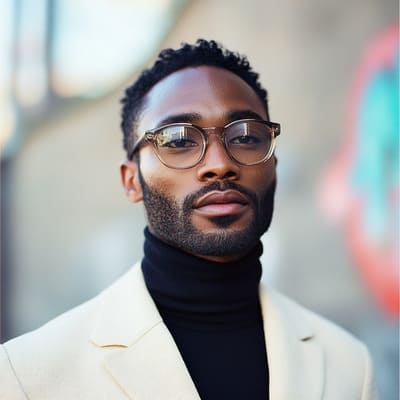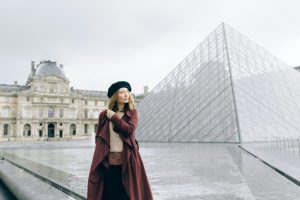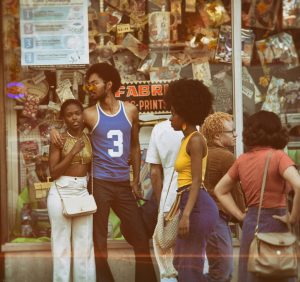The Evolution of Plus-Size Fashion: Inclusivity in the Industry
The fashion industry has long been criticized for its lack of inclusivity, particularly when it comes to representing and catering to diverse body types. With the body-positive movement gaining momentum in recent years, the industry has been forced to confront its narrow definition of beauty and embrace a more inclusive approach. And one area that has seen a major shift towards inclusivity is plus-size fashion. In this article, we will take a closer look at the evolution of plus-size fashion and the steps that the industry has taken to become more size-inclusive.
The Early Days of Plus-Size Fashion
The concept of plus-size fashion may seem like a recent development, but it has been around for much longer than most people realize. In the 1920s, as society’s views on beauty began to change, plus-size clothing became more widely available. However, the term “plus-size” wasn’t used until the 1960s when clothing brands started to introduce larger sizes for women.
The Stigma and Stereotypes
Despite the availability of plus-size clothing, there was still a stigma attached to being a larger size, particularly in the fashion industry. Plus-size models were rarely used in advertisements, and when they were, they were often portrayed in a stereotypical light, perpetuating harmful stereotypes and reinforcing the idea that plus-size women weren’t worthy of being featured in fashion campaigns.
A Shift in Mindset
In recent years, designers, brands, and consumers have started to push for change within the fashion industry, demanding more representation and inclusivity. At the forefront of this movement are plus-size models and influencers, who have used their platforms to promote body positivity and call out the lack of diversity in the industry.
Enter: Inclusivity in Plus-Size Fashion
The increase in demand for plus-size fashion has led to designers and brands finally recognizing the importance of catering to diverse body types. We have seen a rise in the number of plus-size models walking the runway at major fashion events, including the prestigious New York Fashion Week. More and more brands are also expanding their size ranges to include larger sizes, and some have even launched dedicated plus-size collections.
Inclusive Advertising
The fashion industry is no stranger to airbrushing and editing images to uphold unattainable beauty standards. However, there has been a push towards more authentic and inclusive advertising in recent years. Plus-size models are now featured in campaigns and magazine spreads, often showcasing their unedited bodies, scars, stretch marks, and all.
Collaborations and Capsule Collections
To further drive inclusivity in plus-size fashion, brands have started collaborating with plus-size influencers and celebrities to create capsule collections. This not only helps to promote body positivity and inclusivity but also allows for a more accurate representation of different body types in fashion.
Representation on the Runway
For many years, the fashion industry has been criticized for only showcasing one body type on the runway. However, in recent years, we have seen an increase in diversity and representation in fashion shows. Runway shows now feature not only plus-size models but also models of different ages, races, and gender identities, sending a powerful message of inclusivity.
The Growing Demand for Inclusivity
The shift towards inclusivity in plus-size fashion has been driven, in large part, by the growing demand from consumers. Plus-size women have long been ignored by the fashion industry, and with the rise of body-positive movements, they are no longer willing to settle for limited and unflattering clothing options. Social media has also played a significant role in amplifying the voices of plus-size individuals and pushing for change within the industry.
The Future of Plus-Size Fashion
As the body positivity movement continues to gain momentum, we can expect to see even more inclusivity in plus-size fashion. Designers, brands, and consumers are working together to create a more diverse and inclusive industry, one that celebrates all body types and promotes self-love and acceptance. With this ongoing push for inclusivity, the future of plus-size fashion looks bright and promising.
In conclusion, the evolution of plus-size fashion has been a long time coming, and while there is still progress to be made, the industry is moving in the right direction. With more representation, inclusivity, and body positivity, we can hope to see a future where all body types are celebrated and embraced in the world of fashion.











